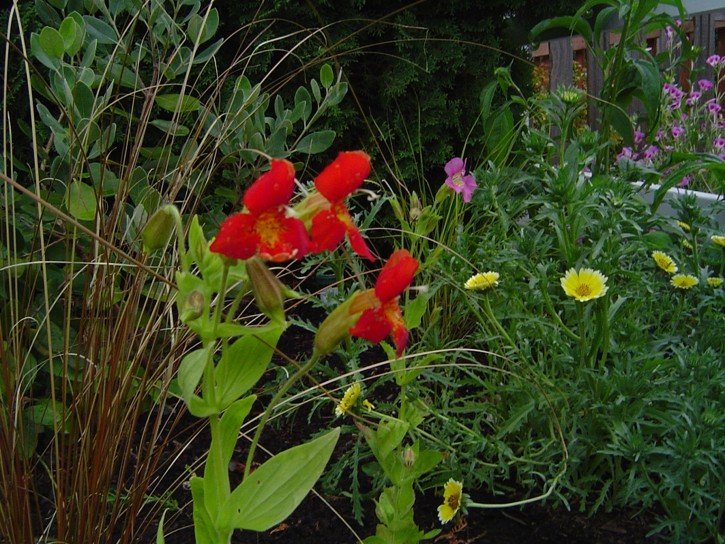

Acantholimon hohenackeri
If Daphne are the queens of the rock garden then surely the prickly thrifts may just be the kings of the rock garden. Showy pink flowers in late/spring early summer, showy spikes of papery parachute like seeds, and compact tight, spikey foliage create year around interest. Native to the mountainous regions of Iran and the Caucasus, Acantholimon hohenackeri is a hardy, evergreen perennial forming a compact cushion of spiny, needle-like foliage. In summer, it produces wiry stems topped with small, papery pink flowers.
Cultivation:
Perfect for rock gardens, troughs, or crevice plantings. Requires full sun and sharply-drained, gritty or sandy soil. Drought-tolerant once established; avoid winter wet. Hardy in USDA zones 5–7. Minimal maintenance; do not overwater.
Hardy to approximately USDA zone 5, tolerating temperatures down to around -20°F (-29°C). Its natural alpine habitat gives it excellent cold hardiness, but it requires dry, well-drained conditions, especially in winter, to prevent root rot.
Acantholimon hohenackeri
If Daphne are the queens of the rock garden then surely the prickly thrifts may just be the kings of the rock garden. Showy pink flowers in late/spring early summer, showy spikes of papery parachute like seeds, and compact tight, spikey foliage create year around interest. Native to the mountainous regions of Iran and the Caucasus, Acantholimon hohenackeri is a hardy, evergreen perennial forming a compact cushion of spiny, needle-like foliage. In summer, it produces wiry stems topped with small, papery pink flowers.
Cultivation:
Perfect for rock gardens, troughs, or crevice plantings. Requires full sun and sharply-drained, gritty or sandy soil. Drought-tolerant once established; avoid winter wet. Hardy in USDA zones 5–7. Minimal maintenance; do not overwater.
Hardy to approximately USDA zone 5, tolerating temperatures down to around -20°F (-29°C). Its natural alpine habitat gives it excellent cold hardiness, but it requires dry, well-drained conditions, especially in winter, to prevent root rot.







